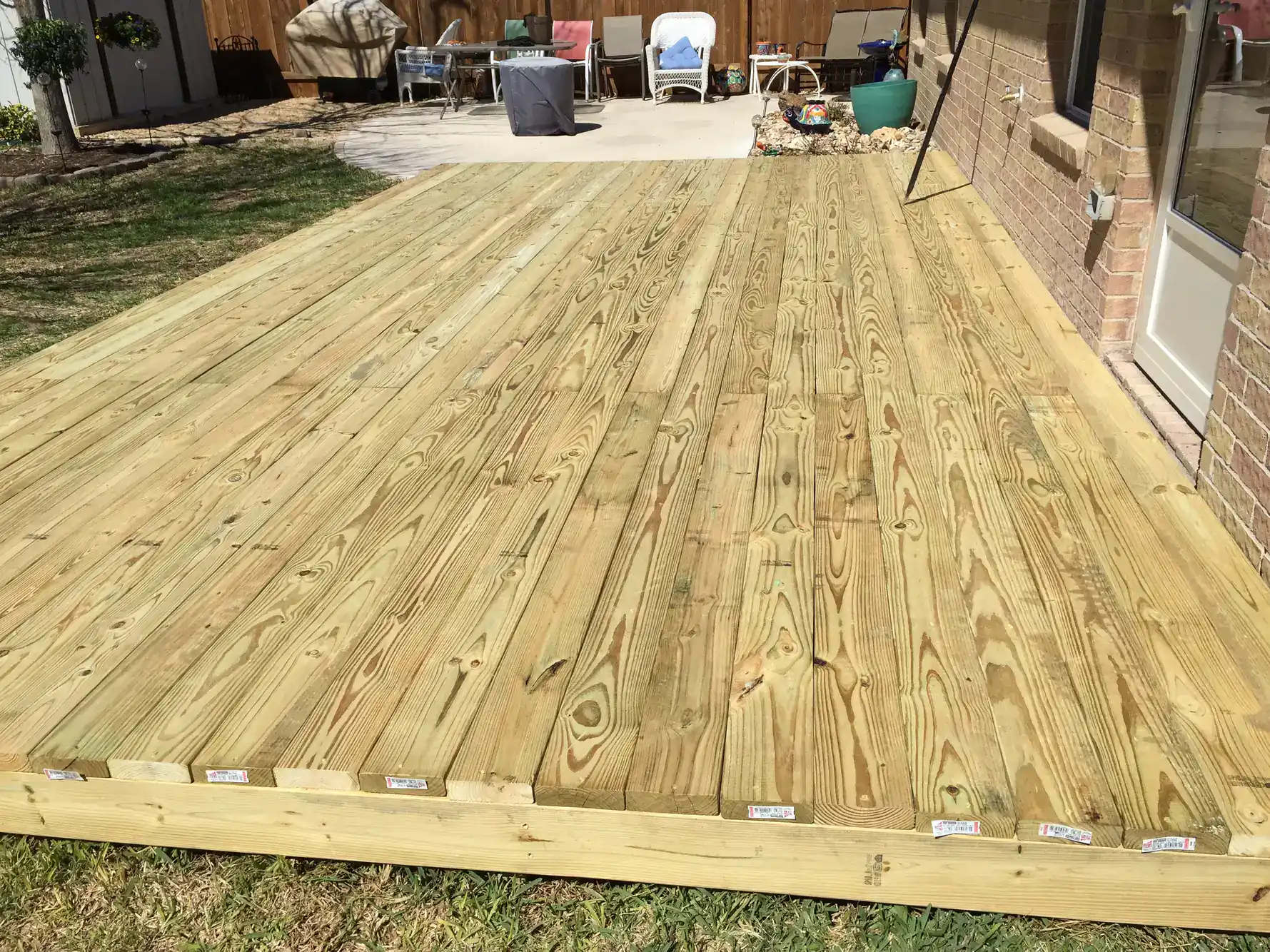
Hear from Our Customers
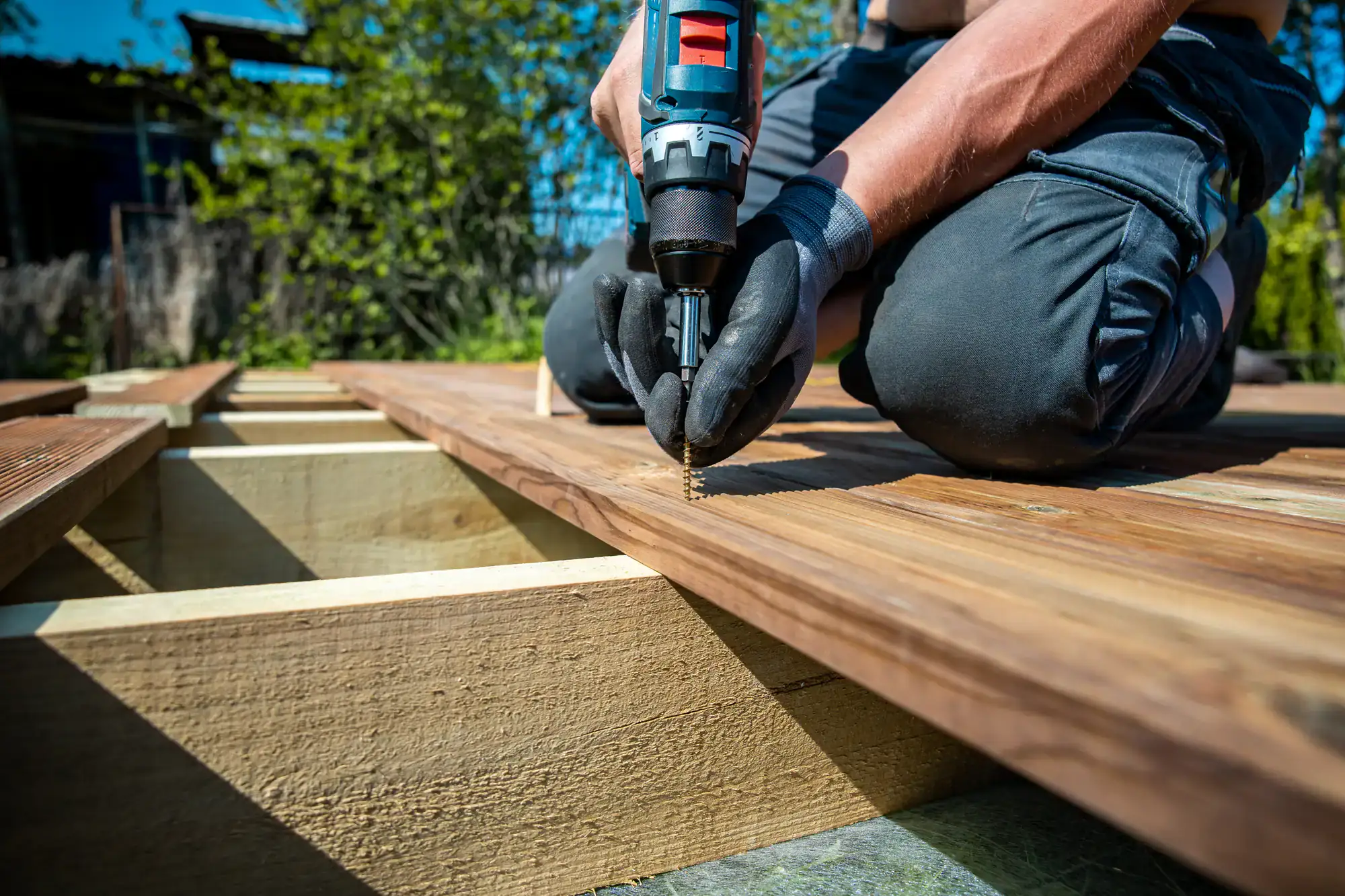
You get more than just boards and railings. You get extra living space that works year-round, even with Shelter Island’s coastal challenges.
Your deck becomes the place where morning coffee tastes better, where dinner conversations last longer, and where your home’s value climbs. No more staring at an empty backyard wondering what could be.
The right deck doesn’t just sit there looking nice. It handles the salt spray, survives the wind storms, and still looks good when your neighbors are dealing with warped boards and peeling stain.
Expressway Roofing and Chimney has built decks on Long Island for over 22 years. We’re not just another contractor – we’re the family-owned company that understands what coastal weather does to outdoor structures.
We’ve seen what happens when contractors use the wrong materials or skip the moisture barriers. We’ve replaced plenty of decks that should have lasted decades but failed in five years.
That’s why we use corrosion-resistant fasteners, proper drainage systems, and materials that actually handle salt air. Your Shelter Island location demands more than standard construction, and that’s exactly what you get.
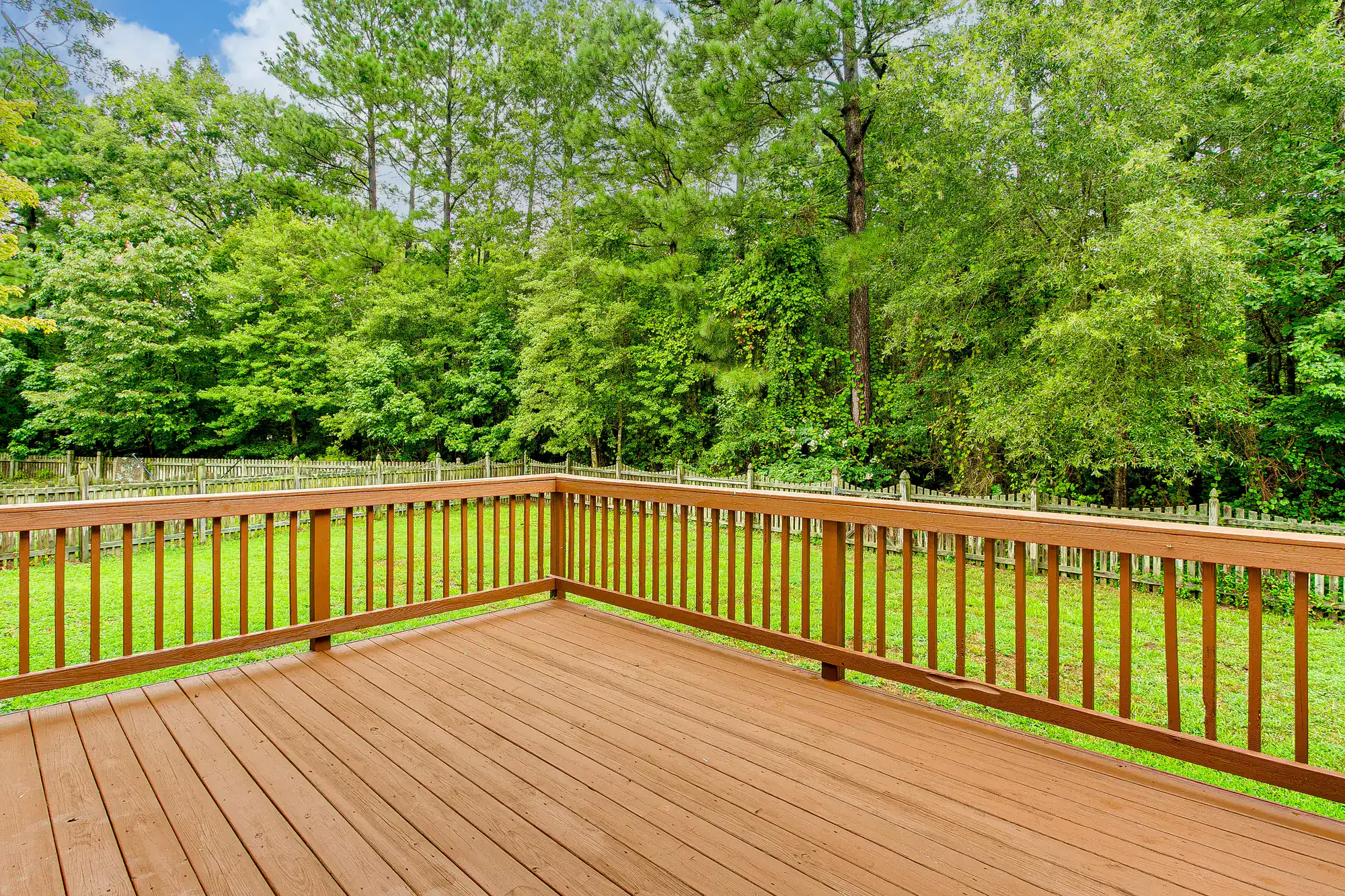
We start with a site visit to see what you’re working with and what you want. Every property is different, especially on Shelter Island where setbacks, soil conditions, and coastal regulations matter.
Next comes the design phase where we figure out the best materials for your specific location. Composite for low maintenance, pressure-treated wood for budget-conscious builds, or PVC for maximum durability – whatever makes sense for your situation.
Construction begins with proper foundation work because that’s where most deck problems start. We handle permits, build to code, and clean up daily. You get progress updates, not radio silence, until your deck is ready to use.
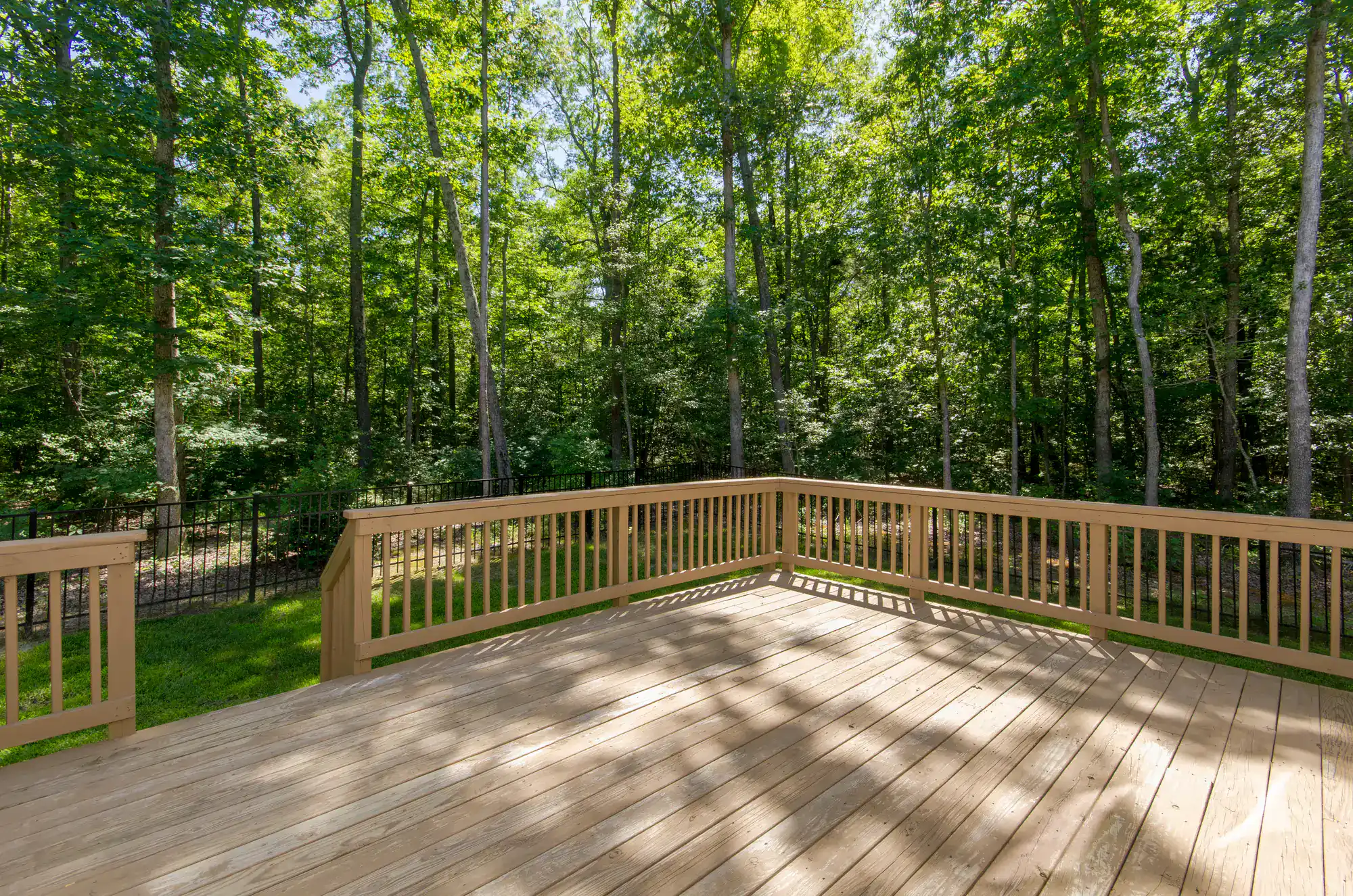
Ready to get started?
Shelter Island’s coastal environment destroys standard decking materials. That’s why we focus on options that handle salt air, moisture, and temperature swings without constant maintenance.
Composite decking gives you the wood look without the wood problems. No annual staining, no splinters, no rot. PVC decking takes it further with complete moisture resistance and colors that don’t fade under constant sun exposure.
For traditional wood lovers, we use pressure-treated lumber with proper sealing and drainage. The key is matching the right material to your specific exposure, usage, and maintenance preferences. Your deck needs to work with Shelter Island’s climate, not against it.
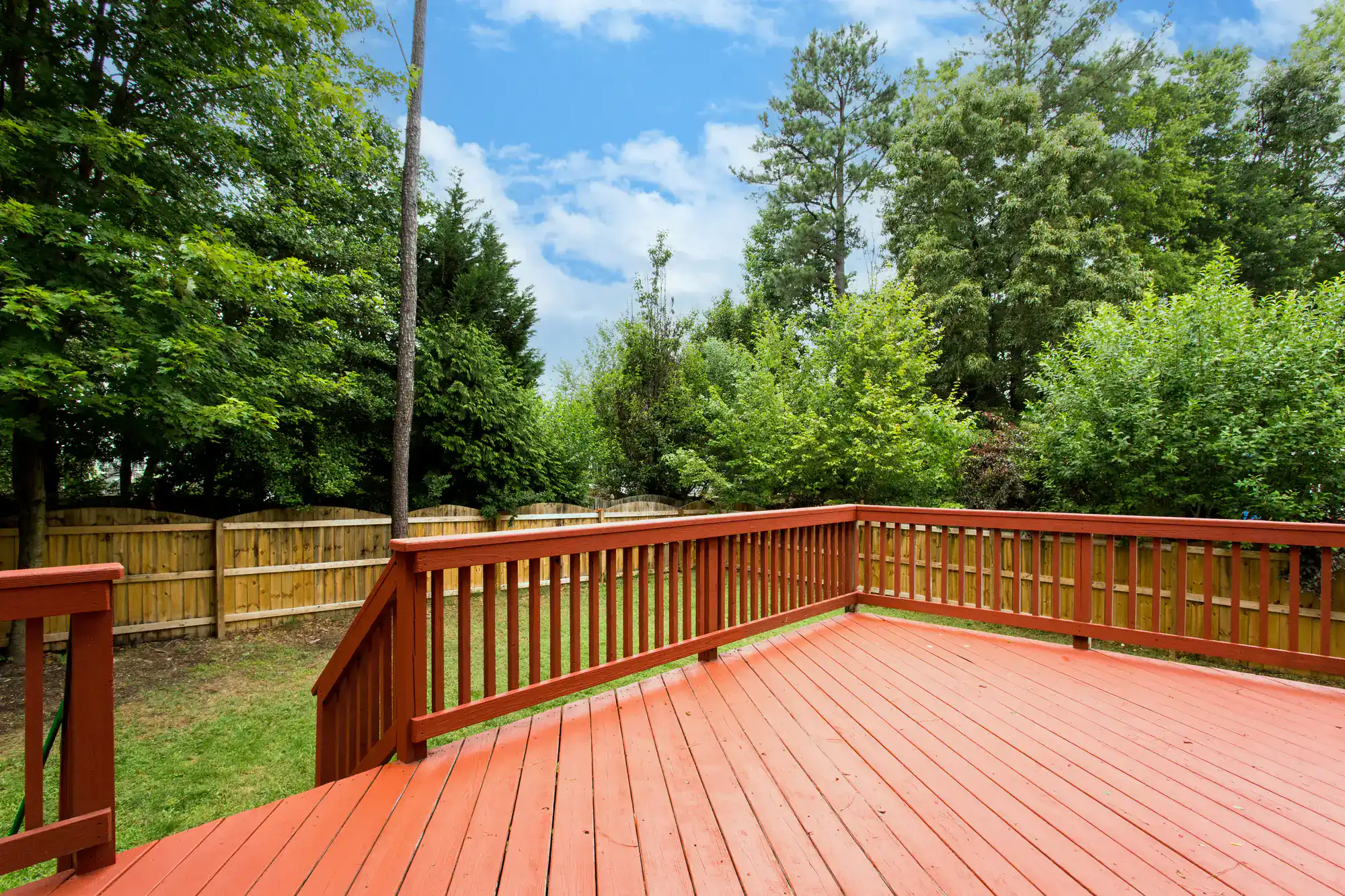
Composite and PVC decking perform best in coastal conditions because they resist salt corrosion, moisture damage, and UV fading. These materials won’t warp, crack, or require annual maintenance like traditional wood.
Pressure-treated wood can work if you’re willing to maintain it properly with annual staining and sealing. However, the salt air accelerates wood deterioration, so expect more frequent maintenance than inland locations.
We typically recommend composite for most Shelter Island homes because it balances durability, appearance, and maintenance requirements. It costs more upfront but saves money over time with minimal upkeep needs.
A properly built composite or PVC deck lasts 25-30 years in coastal conditions with minimal maintenance. Wood decks typically last 10-15 years before needing significant repairs or replacement, depending on maintenance quality.
The key factors are proper foundation work, moisture barriers, corrosion-resistant fasteners, and adequate drainage. Coastal exposure accelerates normal wear, so construction quality matters more than in protected inland areas.
We build every deck assuming it needs to handle salt spray, high winds, and temperature swings. That means overbuilding the structure and using materials specifically rated for marine environments, not standard residential construction.
Yes, most deck projects in Shelter Island require building permits, especially for attached decks or structures over a certain height. Coastal areas have additional requirements for wind resistance and flood zone considerations.
We handle all permit applications and ensure your deck meets local building codes, setback requirements, and coastal construction standards. The permit process typically takes 2-4 weeks depending on project complexity.
Skipping permits isn’t worth the risk. Unpermitted work can cause problems with insurance claims, property sales, and potentially require expensive rebuilding if discovered later. We include permit costs in our upfront pricing so there are no surprises.
Composite decking costs about 2-3 times more than pressure-treated wood upfront, but the total cost over time often favors composite due to maintenance savings. Wood requires annual staining, periodic board replacement, and more frequent repairs.
A typical 300 square foot wood deck might cost $3,000-5,000 installed, while the same deck in composite runs $6,000-9,000. However, wood maintenance costs $500-800 annually, while composite needs occasional cleaning only.
In coastal environments like Shelter Island, the maintenance difference is even more significant. Salt air accelerates wood deterioration, making composite’s durability advantage more valuable than in protected inland locations.
We use concrete footings that extend below the frost line with proper drainage systems to prevent water accumulation. All metal hardware gets marine-grade coatings or stainless steel construction to resist salt corrosion.
Moisture barriers go between the deck structure and house connection points to prevent water infiltration. We also ensure proper slope and drainage so water moves away from the foundation rather than pooling underneath.
Coastal construction requires different techniques than standard residential work. We’ve learned from 22 years of Long Island experience what works and what fails in salt air environments. Your foundation work gets built to handle the conditions, not just meet minimum code requirements.
Yes, we frequently repair deck sections, replace damaged boards, or update railings without rebuilding the entire structure. The key is assessing whether the underlying framework is still sound and worth preserving.
Partial repairs make sense when the foundation and joists are solid but surface materials have deteriorated. However, if we find structural issues or widespread moisture damage, a complete rebuild often costs less than extensive repairs.
We provide honest assessments of what can be saved versus what needs replacement. Sometimes a partial rebuild with upgraded materials gives you better long-term value than patching an aging structure that will need more work in a few years.